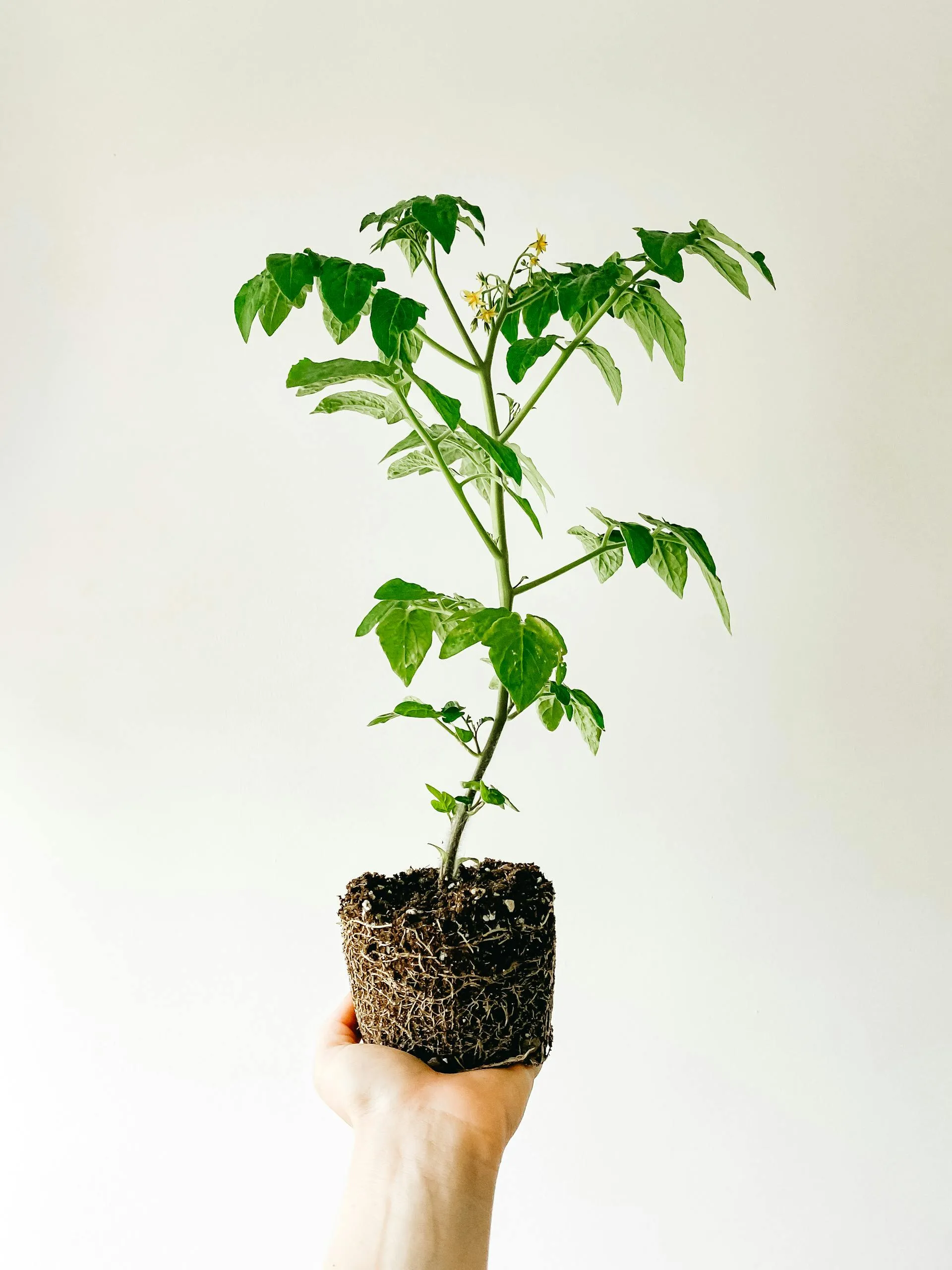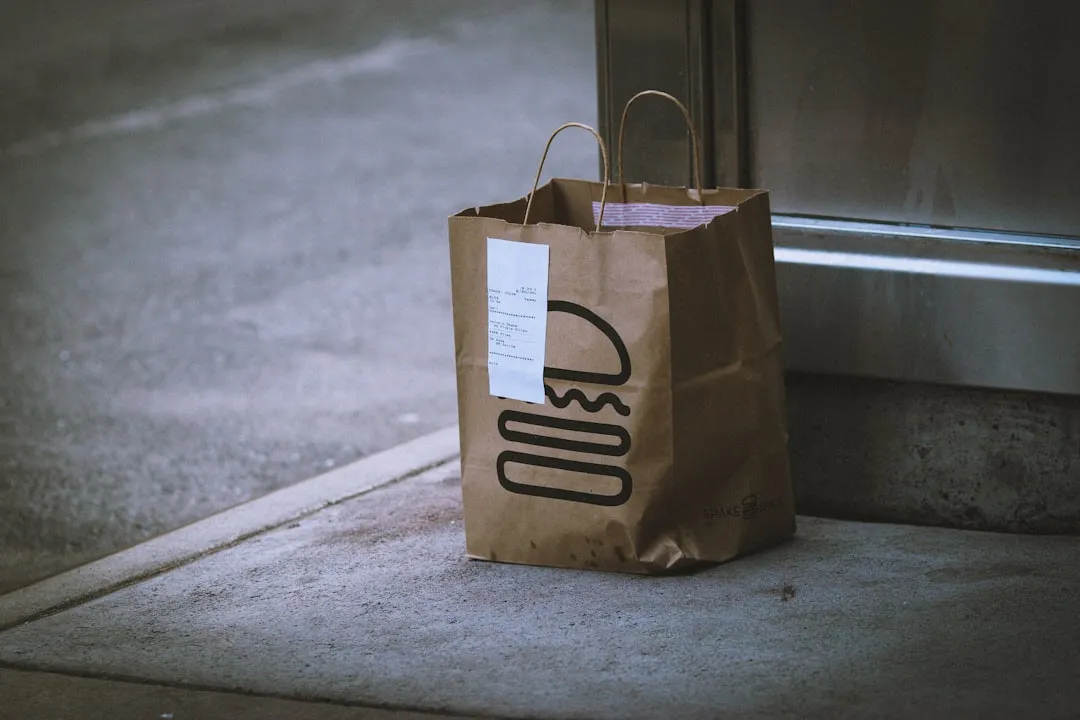
Be a Land Steward.
Sign up for Greenhouse Gases -
a weekly-ish newsletter that will teach you the science behind regenerative gardening, with action steps to help you make a difference in your backyard.

Sign up for Greenhouse Gases -
a weekly-ish newsletter that will teach you the science behind regenerative gardening, with action steps to help you make a difference in your backyard.

“Having a healthy fungal network in a farming system will bring benefits for generations to come.”
-Dr. Toby Kiers, Chief Scientist at SPUN, Evolutionary Biologist and Professor
Tomatoes are one of the many plant species that have a mutually beneficial relationship with mycorrhizal fungi.
It’s a “you scratch my back, I’ll scratch yours” situation. Except instead of scratchy backs, tomatoes and fungi are there to support each other through the everyday struggles of being a plant or a fungus. And this is all happening within the soil of your home garden!
Of interest in the regenerative gardening world, these organisms also work together to support carbon storage.
Let's look at how fungi and tomato plants form a beautiful friendship that we as regenerative gardeners can encourage.


Fungi love some Door Dash food delivery.
They always put in an order of the fungal favorite: sugars. These sugars are made by the plants - here, our trusty tomato plant - during photosynthesis.
As the fungi offer their benefits, the plant “pays” for the services in the currency of sugar. Sugars are what give the mycorrhizae the energy to grow and form underground networks, that are like extensions of the plant’s root system (NCBI).

If you’re a stationary tomato plant, it can be hard to find the nutrients you need in the soil.
That’s where mycorrhizal hyphae, which are like tiny fungal threads, come in to play. They are able to travel further in order to find nutrients that a tomato plant needs (BFM).
This is especially important with phosphorus, an essential plant nutrient which helps tomatoes to develop their delicious fruits. As Merlin Sheldrake,a British mycologist explains, “One of the biggest limits to plant growth is a scarcity of the nutrient phosphorus. One of the things that mycorrhizal fungi do best—one of their most prominent metabolic “songs”—is to mine phosphorus from the soil and transfer it to their plant partners.”
In fact, Dr. Toby Kiers, in her podcast interview on Investing in Regenerative Agriculture, shares that up to 80% of the phosphorus intake by a plant "passes through a fungal network" before it's delivered to the plant.
Lke a courier service, the mycorrhizae transport the nutrients directly to the plant's cellular 'mailboxes' within the plant's root cells (FrontiersIn).

During times of drought, the fungal network attached to the tomato plant can help it access water.
Think of it as the difference between getting your household water from a shallow well or a deep well.
During a summer drought, the shallow well is likely to run dry as the water table drops. In contrast, the deeper well can still access water from far below the surface, where moisture remains even in dry conditions.
Septoglomus constrictum is one fungal species with an affinity for helping tomato plants survive times when water is scarce (NCBI)(Researchgate).

Beneficial fungi help protect tomato plants from disease.
They actually form a barrier around the plant roots. In a simplified sense, it’s like a carefully built wall and moat protecting a castle, shielding royalty from attacks.
For example, Funneliformis mosseae is a species of fungi that helps protect tomatoes from early blight disease and fusarium wilt (FrontiersIn)(NCBI).
Researchers also found that mycorrhizal relationships help tomatoes to overcome or totally avoid mosaic leaf virus, a disease that can decimate your yields (Nature).

A study from 2023 showed that fungal members of the Gigasporaceae and Glomeraceae families helped to increase yields of tomato plants by 27%.
Imagine having 27% more jars of tomato sauce canned up, just from this simple addition to your garden soil!
To put this in perspective, if you typically harvest 50 lbs of tomatoes each season, you can get around 6 additional pints of homemade pizza sauce canned up for winter (UGA)!
I saw the way that tomato yields improve with mycorrhizal relationships in my own greenhouse. One year, I decided to add a mycorrhizal inoculant to my tomato seedlings as I transplanted them into the soil. I gave a healthy dose to the first two plants, but then decided to be a bit more frugal with the next couple of plants. I ran out of the inoculant somewhere in the middle of transplanting.
Those first two tomato plants consistently shocked me with the size of the tomatoes they produced! They were huge, especially for paste tomatoes, and didn't show signs of blossom end rot - something the plants that didn't get the inoculant struggled with.

On their own, plants store carbon in the soil through photosynthesis. As they get energy from the sun, they convert atmospheric carbon into sugars.
Yes - the same atmospheric carbon causing climate change can be transformed by plants. Even better, they can store the carbonaceous sugars in the soil, where, if kept in the correct conditions, no longer contributes to climate change.
While plants do a lot of this carbon capture on their own, mycorrhizal fungi come in for extra support.
In fact, plants can transfer up to 20% of their carbon intake to mycorrhizal fungi. Since fungi are underground, the carbon they hold is a lot more stable than the carbon that the aboveground parts of plants hold (Commonland).
What’s more is that mycorrhizal fungi create a substance that helps carbon particles to “stick” in the soil (BU).
In total, mycorrhizal fungi help sequester around 36% of our yearly carbon emissions from fossil fuels (ScienceDaily).
If you garden in-ground, chances are your soil is already hosting a network of beneficial fungi.
The key here is to keep the fungi happy, intact, and useful to the plants.
If you are gardening in containers, you may wish to add in a mycorrhizal inoculant to support your tomatoes to the fullest.
One thing to note is that brassicas (like broccoli, kale, cabbages), spinach, and beets do not form relationships with mycorrhizae. Since this product is on the pricier side, it’s best to save it for plants that will actually make use of it.
Discover mor facts about mycorrhial fungi and regenerative gardening
or follow my month-by-month guide for tomato growing, from seed to harvest